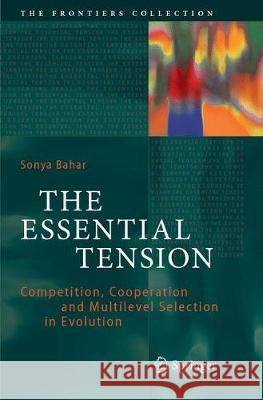The Essential Tension: Competition, Cooperation and Multilevel Selection in Evolution » książka
topmenu
The Essential Tension: Competition, Cooperation and Multilevel Selection in Evolution
ISBN-13: 9789402414776 / Angielski / Miękka / 2018 / 377 str.
Kategorie BISAC:
Wydawca:
Springer
Seria wydawnicza:
Język:
Angielski
ISBN-13:
9789402414776
Rok wydania:
2018
Wydanie:
Softcover Repri
Ilość stron:
377
Waga:
0.54 kg
Wymiary:
23.27 x 16.03 x 1.83
Oprawa:
Miękka
Wolumenów:
01











